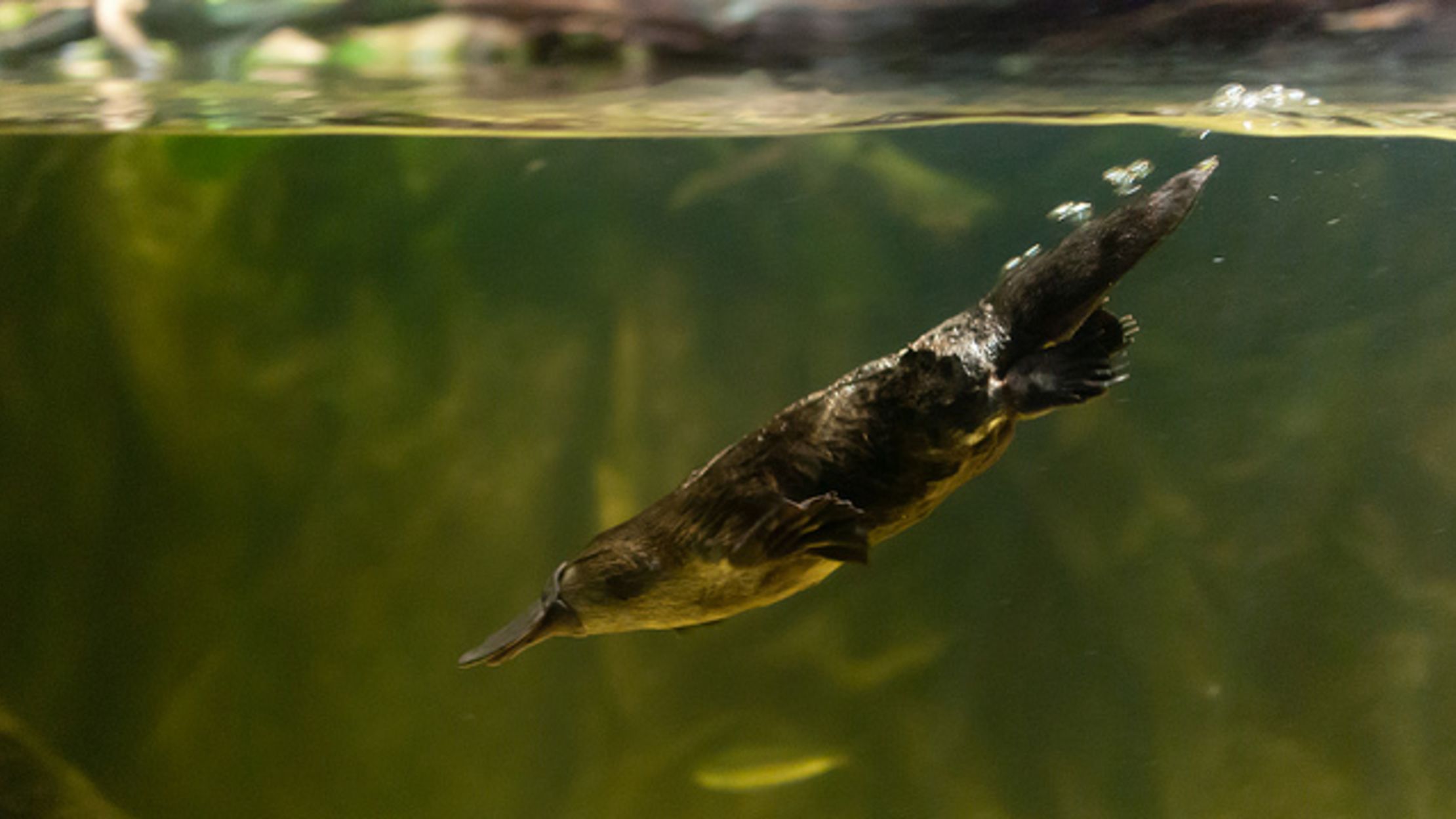
is correlated with a sudden reduction in mucous electroreceptors and drastic change in bill morphology. Furthermore, the push-rod mechanoreceptor and serous electroreceptors do not appear until 28 days p.h (Manager et al. 1998)ĭespite the fact that upon hatching, platypuses are equipped with fully developed mucous glands, sensory innervation has no effect on behavior until six weeks post hatching (p.h.). (top left) 10 days p.h., (bottom left) 12 days p.h., (top right) 24 days p.h., and (bottom right) 28 days p.h.

Distribution of electroreceptors from 10 days to 28 days p.h. Another 12 days later, the amount of mucous receptors increases and the progression towards the striated appearance found on adults ensues until 28 days p.h. The larger pore is presumed to be the precursor to the mucous receptor. By this point, two kinds of pores are distinguishable based on size. By 12 days, a striped appearance begins to take shape. Pores are evident the 10 day mark after hatching and are initially distributed evenly throughout the bill surface. (b) Distribution of mucous electroreceptors, forming parasagittal stripes on the outside of the (i) upper and (iii) lower bill.

(a) Distribution of push-rod-mechanoreceptors on the (i, ii) upper, (iii, iv) lower, (i, iii) outside, and (ii, iv) inside bills. Distribution of receptors relevant to electroreception in an adult platypus. This striated appearance has been found to change throughout development (Manger et al.

They form parasagittal stripes along the upper and lower surfaces of the bill, which has been attributed to the directionality of the electroreceptive response (Figure 1). Mucous electroreceptors found on platypuses is innervated in order to structurally accommodate electroreception and transferring stimulus to the central nervous system. Ontogeny Electroreceptor development patterns are as equally perplexing as the platypus's appearance!


 0 kommentar(er)
0 kommentar(er)
